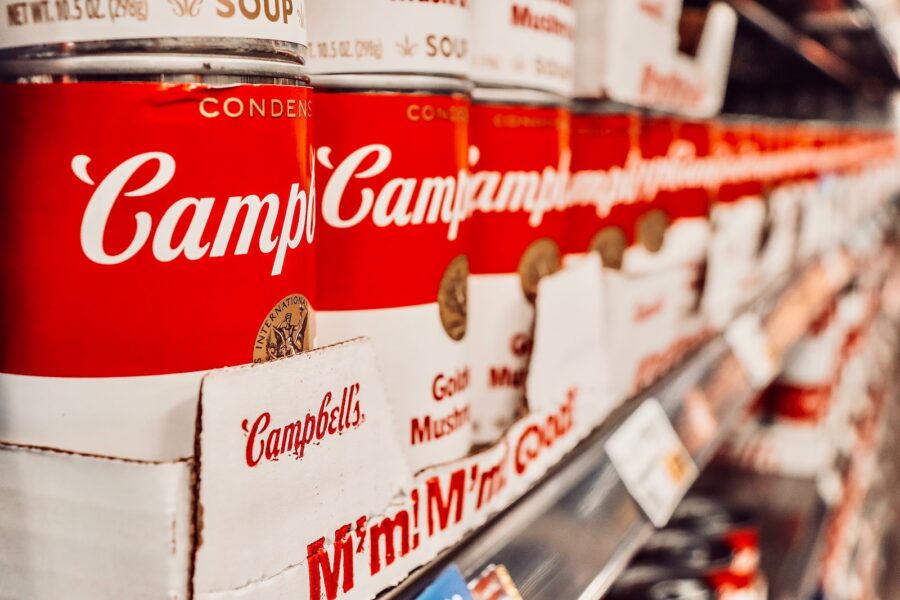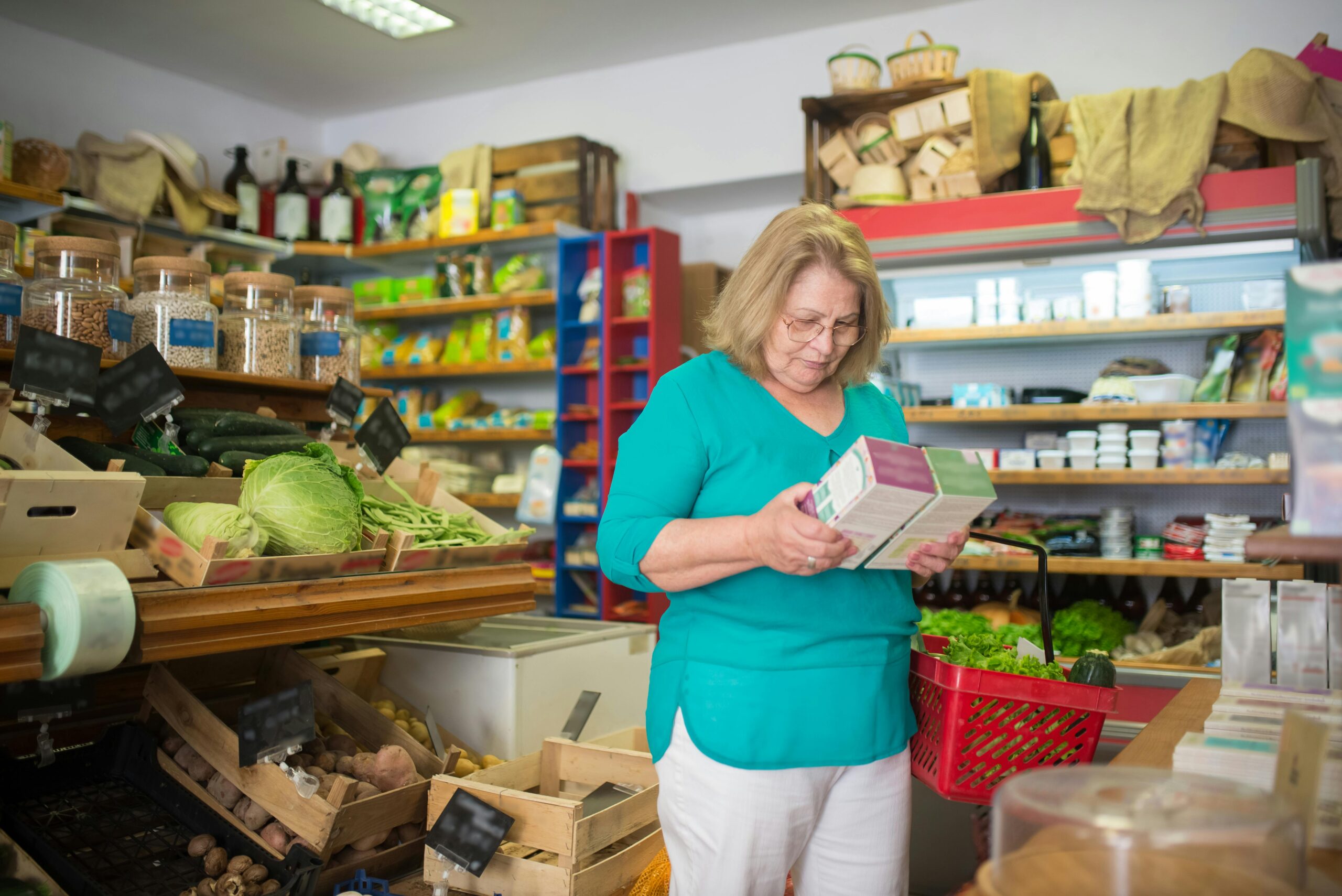Across the 1980s and 1990s, Campbell Soup was one of the best stocks not only in the food industry, but the entire market. Including dividends, CPB returned 2,700%, or about 18%, on an annualized basis.
The story this millennium, however, has been markedly different. Since 2000 – again, including dividends – CPB provided annualized returns of just 2.7%, badly lagging both the industry and the market as a whole.
That change in fortunes admittedly isn’t terribly surprising, nor is it entirely Campbell’s fault. Simply put, tastes changed. The condensed soup business on which Campbell built its foundation – and those dazzling pre-2000 returns – has been in decline for years now.
In response, the company has tried repeatedly to expand its reach. The relatively stagnant stock price highlights the lack of success.
History Lesson
Around the turn of the century, Campbell looked overseas for the growth it could no longer create at home. The biggest deal came in 2001, when Campbell paid Unilever $920 million for several brands in Europe. (Unilever had to divest those brands as part of its own major acquisition, the $20 billion purchase of Bestfoods).
But by 2006, Campbell was retrenching, selling off its U.K. and Ireland business (built in large part by the transaction five years earlier). By the mid-2010s, overseas sales were barely 20% of the company’s total. In 2019, Campbell almost completely exited its international business via a $2.2 billion sale to private equity giant KKR. (About 3% of profits now come from outside the U.S.)
Last decade, Campbell decided the answer was to move into healthier foods. Between 2012 and 2014, four deals cost in total some $2.3 billion, headlined by the $1.55 billion paid for Bolthouse Farms. That effort largely failed; all four businesses have since been sold, with Campbell getting just $500 million for Bolthouse.
The company would try once again, paying $6 billion for Snyder’s-Lance in 2018 to move aggressively into snacks. To be fair, that move mostly has worked: Campbell stock bounced back from a six-year low, though the novel coronavirus pandemic provided some external help.
Even the company’s major shareholding family got involved, splitting over the involvement of an activist hedge fund, Third Point Capital, during a 2018 proxy fight. Campbell certainly can’t be blamed for a lack of activity.
Making Moves in 2023
Once again, Campbell stock is slipping: it’s fallen 26% just since December. And so, once again, Campbell is making a big acquisition. Earlier this month, the company announced it would buy Sovos Brands, the maker of Rao’s pasta sauce and other products, in a $2.7 billion deal.
Investors don’t seem thrilled with the purchase. In seven trading sessions since the acquisition was announced, Campbell stock has fallen almost 5%, and to its lowest level in more than a year.
It’s not terribly difficult to see why. Campbell is paying a hefty premium for Sovos. And the strategic rationale for the acquisition isn’t quite compelling. Campbell anticipates modest cost synergies from the deal (about $50 million a year) and says its retail expertise can help Sovos grab shelf space, while Sovos’ impressive ability to drive growth should provide lessons for Campbell as well.
But Campbell itself pointed to a big part of the logic behind the purchase: it will add one percentage point of annual revenue growth to its Meals & Beverage segment. That claim highlights the bigger issue here:
The Sovos deal seems to fit perfectly into a quarter-century history of Campbell making acquisitions when growth in its legacy business is stalling out.
Admittedly, that history isn’t quite as disappointing as the stock price would suggest. The Snyder’s-Lance purchase has been reasonably successful. Campbell made more money selling its international operations than it did buying them.
Despite the initial investor reaction, Sovos might well be another reasonably good purchase. But even that highlights the long-term danger for Campbell. The company’s acquisition strategy over the past 25 years hasn’t been that poor. Indeed, it may very well be the case that Campbell this century has done about as well as could be expected – and yet its stock has offered less than 3% annual returns to its shareholders anyhow.
Vince Martin is an analyst and author whose work has appeared on multiple financial industry websites for more than a decade. He is the lead writer at Overlooked Alpha, which offers market-wide and single-stock analysis every week. He has no positions in any securities mentioned.












